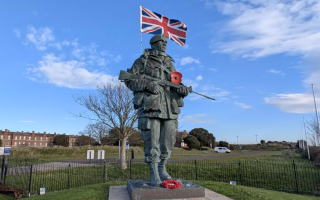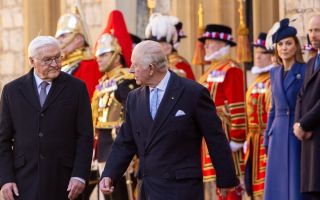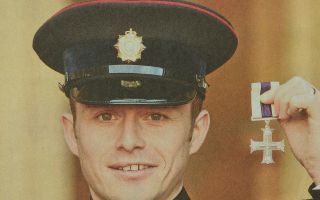Documents on public display for first time chart Blenheim Palace's place in First World War history
To commemorate 110 years since the start of the First World War Blenheim Palace has unveiled previously archived documents detailing its time as a military hospital.
When war was declared in August 1914 and injured soldiers began to return to England, locations were needed to house these men – makeshift hospitals equipped to deal with the traumas of modern battle.
Best known for being the birthplace of Sir Winston Churchill, Blenheim Palace was, in the opening months of the conflict, a site used as a makeshift hospital for Britain's injured soldiers.
The First World War affected everyone who lived and worked on the Blenheim Palace Estate.
The 9th Duke and his cousins also played their part in the war effort on the frontline, with the women and children also contributing on the home front.
A special album filled with letters, photographs, and entries from when the palace served as a hospital from autumn 1914 to May 1915 has been unveiled to the public.
It recorded each patient's name, rank, age, regiment, ailment, and their remarks upon discharge.
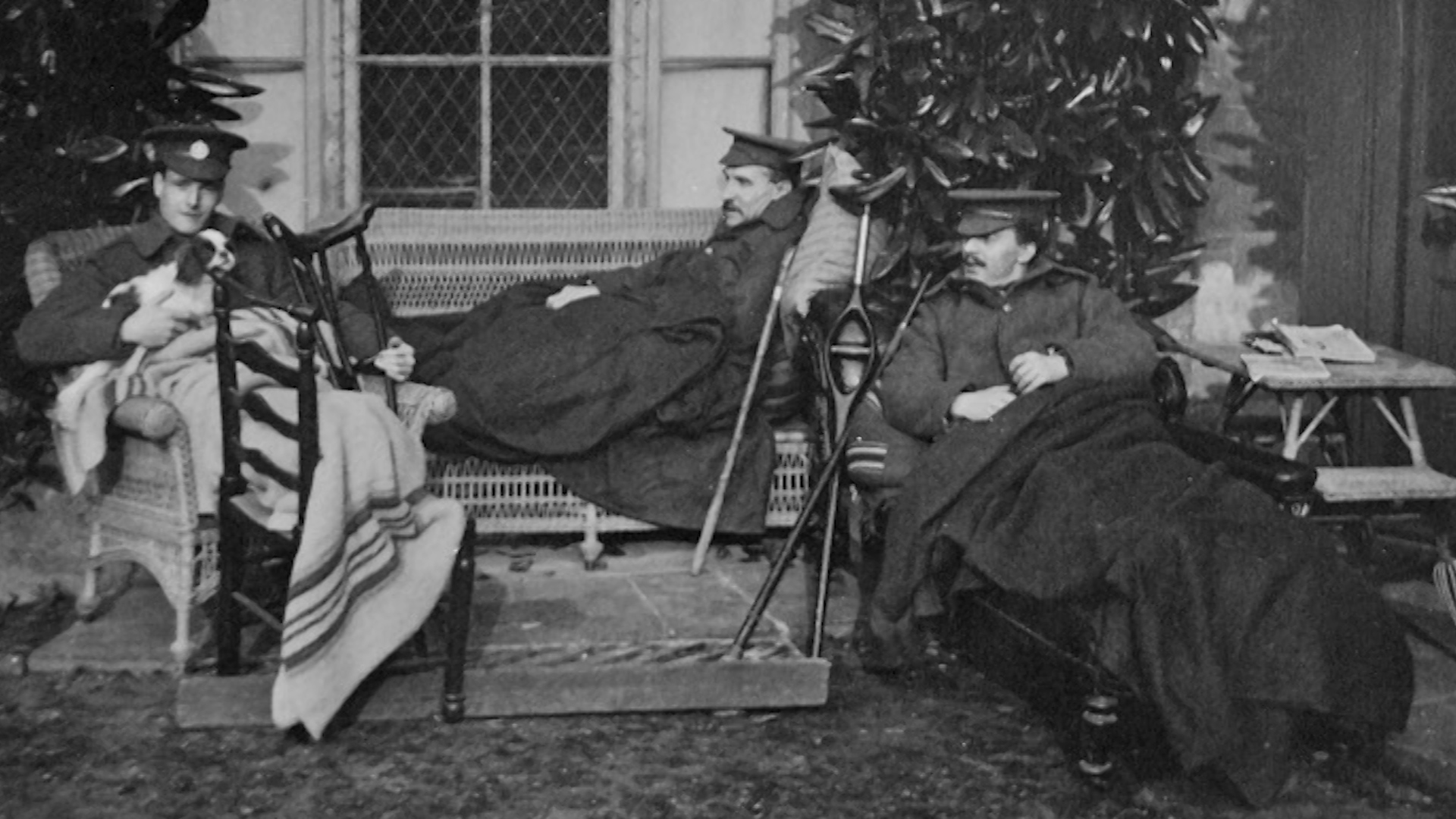
Noticeably the convalescent hospital opened only weeks after the war began.
Antonia Keaney, Social History Researcher, at Blenheim Palace told Forces News: "There must have been quite a lot of action, and, if you remember, they thought it would all be over by Christmas."
"The records show that people had shrapnel wounds, gunshot wounds, some of them had frostbite, strangely enough. All sorts of ailments. It wasn't a surgical hospital, it was very much a convalescent place."
The album also includes heartfelt letters and photographs of gratitude, showcasing Sister Munn's – who managed the hospital after the 9th Duke of Marlborough transformed Blenheim into a hospital – dedication as she followed every soldier's recovery.
Nowadays, the palace, which is still home to the current Duke of Marlborough, attracts millions of visitors each year.
But most come here to learn more about Sir Winston Churchill, a prime minister often associated with another conflict altogether – the Gallipoli campaign.
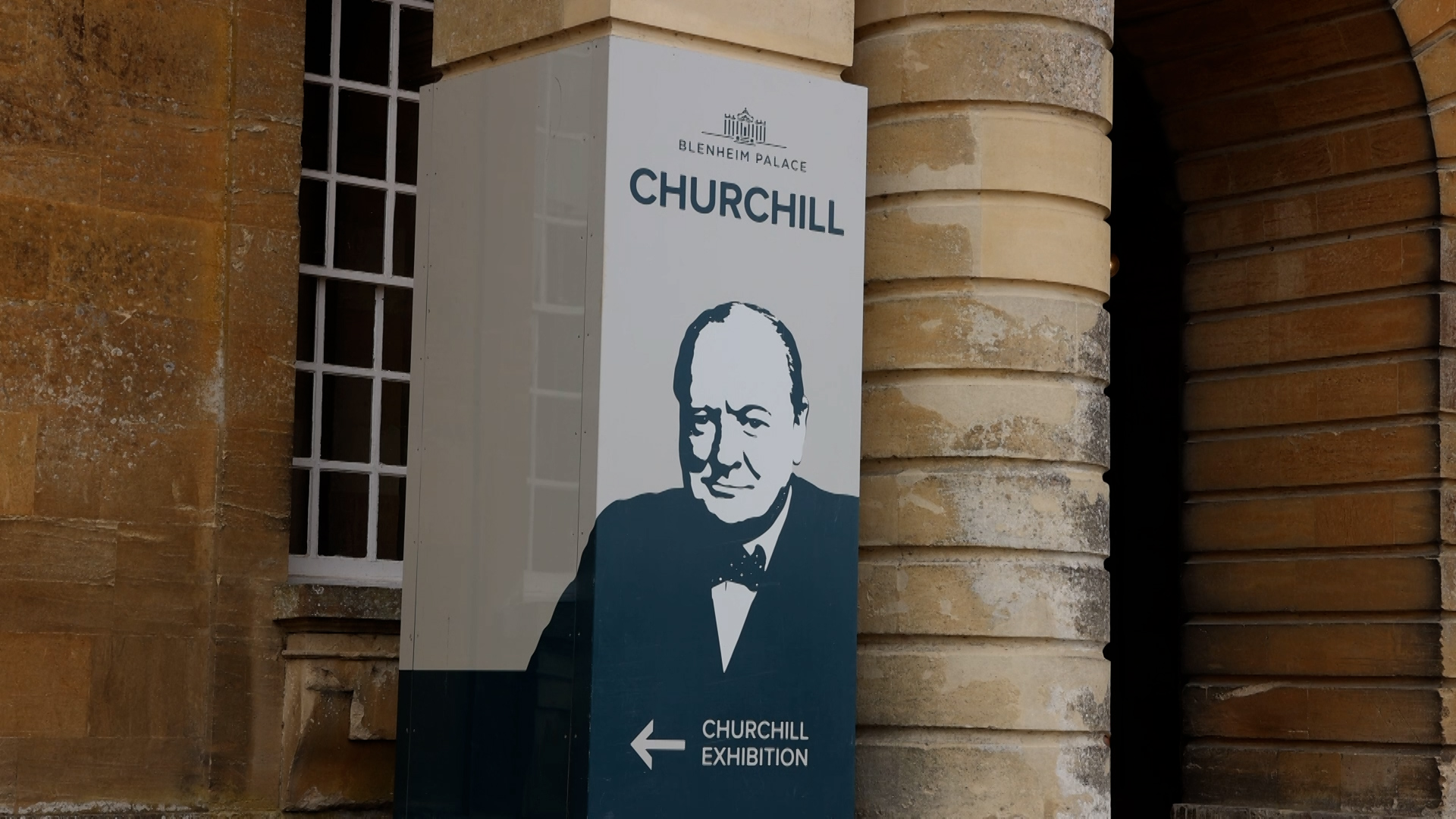
"During the First World War, he started as First Lord of the Admiralty and, of course, after the disaster at Gallipoli, he resigned that post and went back to the trenches."
Antonia added: "A few years ago, a colleague of mine found a letter from Winston Churchill. He had travelled to the trenches to find the son of his cousin the 9th Duke.
"It's a wonderfully evocative letter that talks about finding him in the trenches and how pleased he was to see Winston Churchill and the fact that he couldn't get his hands on any port and didn't drink whiskey so was, for the time being, a teetotaler."
The documents, including many letters, charting Blenheim's time as a war hospital, are held in the palace's vast archive but have been made available to visitors passing through its doors this summer.
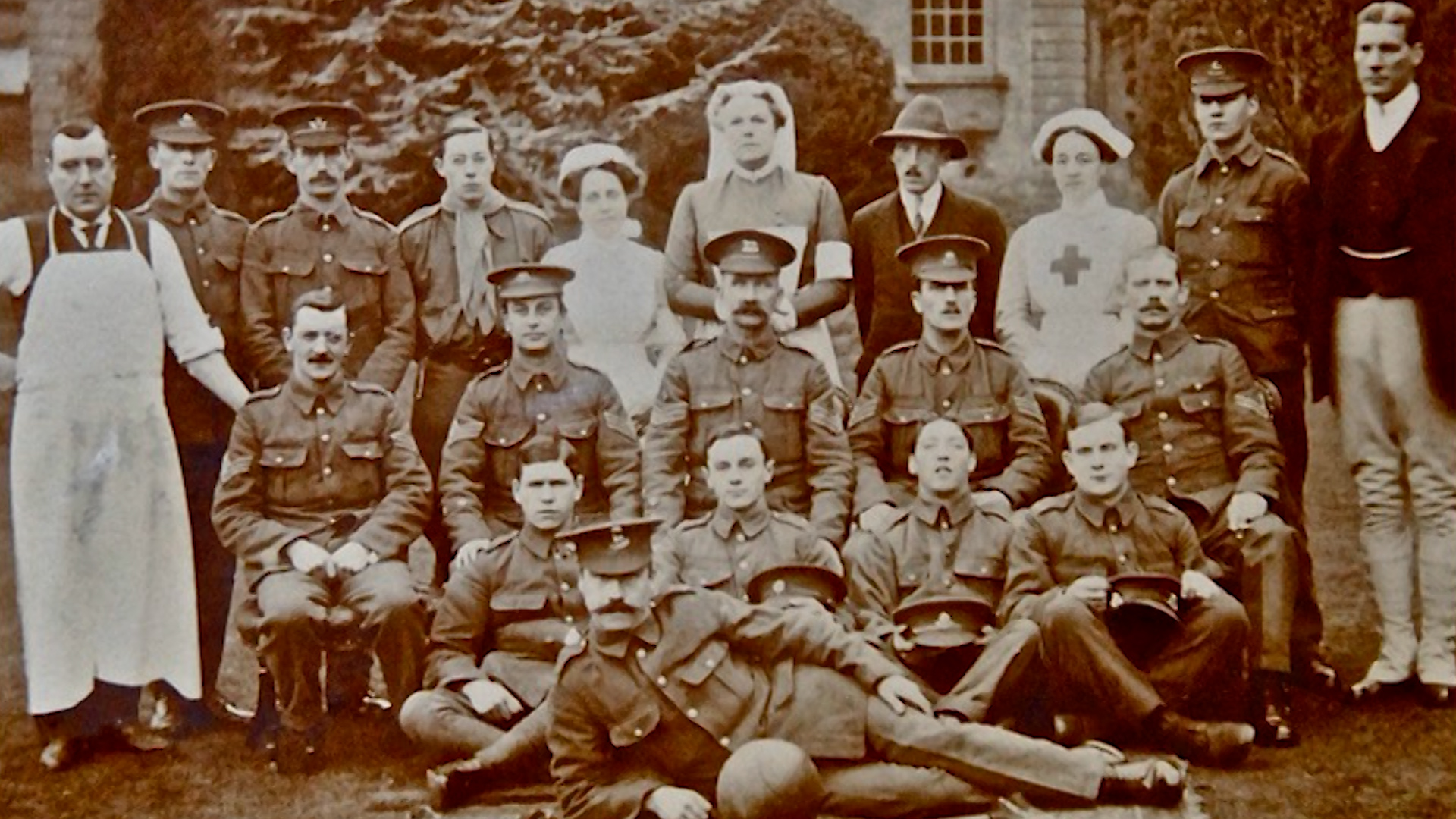
Some of the letters are poignant, with families hoping to identify missing loved ones from newspaper photos.
Others inform Sister Munn of the deaths of former patients.
Notably, Sister Munn was gifted a diamond brooch by the Duke of Marlborough for her unwavering dedication.
The documents illustrate a single but crucial chapter in the vast history of one of Britain's finest stately homes.






